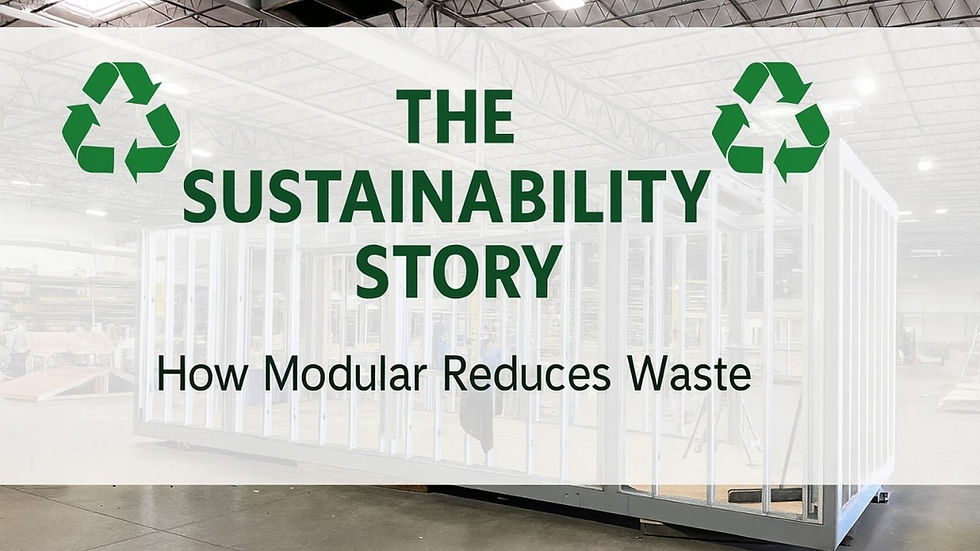Anatomy of a Modular Building: From Factory to Final Install
- Creations Global
- Aug 7
- 2 min read
Updated: Aug 21

In today’s fast-moving retail and food & beverage landscape, the ability to go from concept to customer-ready space in weeks—not months—is a competitive advantage. That’s where modular construction shines
But what actually goes into creating a modular building? Let’s break down the entire journey—from blueprint to bolt-down.
1. Design & Engineering: Built for Purpose
Every great modular build starts with a deep understanding of the space's function. Whether it’s a quick-service restaurant, concession stand, retail kiosk, office building or hotel, our process begins with architectural planning and structural engineering optimized for modular production.
Key Considerations:
Footprint & layout optimized for operations
Integration of HVAC, electrical, and plumbing systems
ADA compliance and local code requirements
Custom branding, finishes, and façade treatments

2. Factory Fabrication: Precision Built
Once the design is confirmed, modules are constructed inside a controlled factory environment. This eliminates delays from weather, site access, or subcontractor bottlenecks.
Inside the factory:
Steel or cold-formed framing is cut, welded, and assembled
Walls, floors, and ceilings are insulated and enclosed
Electrical, plumbing, and mechanical systems are pre-installed
Fixtures, equipment, and finishes are added with assembly-line efficiency
Think of it like building a commercial kitchen or storefront… but indoors, with laser precision.

Transport: Built to Move
Once modules are complete, they're carefully wrapped, loaded, and shipped to the site. Every component is engineered to travel—meeting highway codes for weight, clearance, and road vibration.
Transport considerations:
Route planning to accommodate wide-loads
Escort vehicles and local coordination
Offloading with cranes or specialized equipment

4. Site Prep & Installation: Speed Meets Precision
While modules are being built offsite, the site is prepared in parallel—grading, utilities, and foundation work. This concurrent workflow cuts overall timelines dramatically. This simultaneous construction reduces overall costs by reducing labor hours and minimizing delays due to weather and other setbacks.
Final install steps:
Crane lift and set in place (often in hours)
Module-to-module connections (MEP, structure, and finishes)
Final testing, inspections, and occupancy clearance
From arrival to operational can take as little as 1–2 days.

5. Finishing Touches: Ready for Business
Brand signage, landscaping, canopies, and exterior treatments are finalized. Once operational, most people would never guess the building was factory-made. And that’s the point.
The end result? A permanent, commercial-grade facility that’s indistinguishable from traditional builds—but delivered in a fraction of the time.

Modular Isn’t the Future—It’s Now
Whether you’re launching a new food concept, scaling a retail brand, or expanding into high-traffic venues, modular construction offers unmatched speed, quality, and scalability.
From factory floor to final install, modular is redefining how we build for retail and food & beverage.



Comments